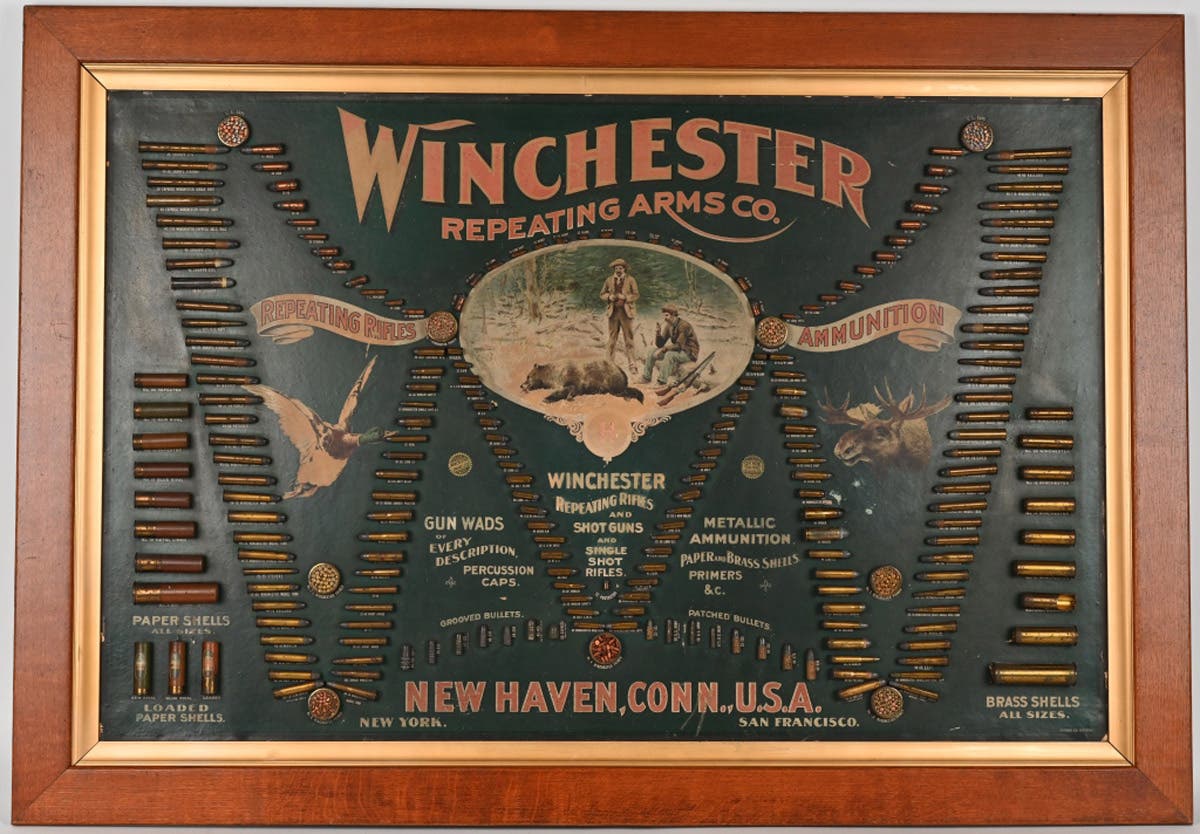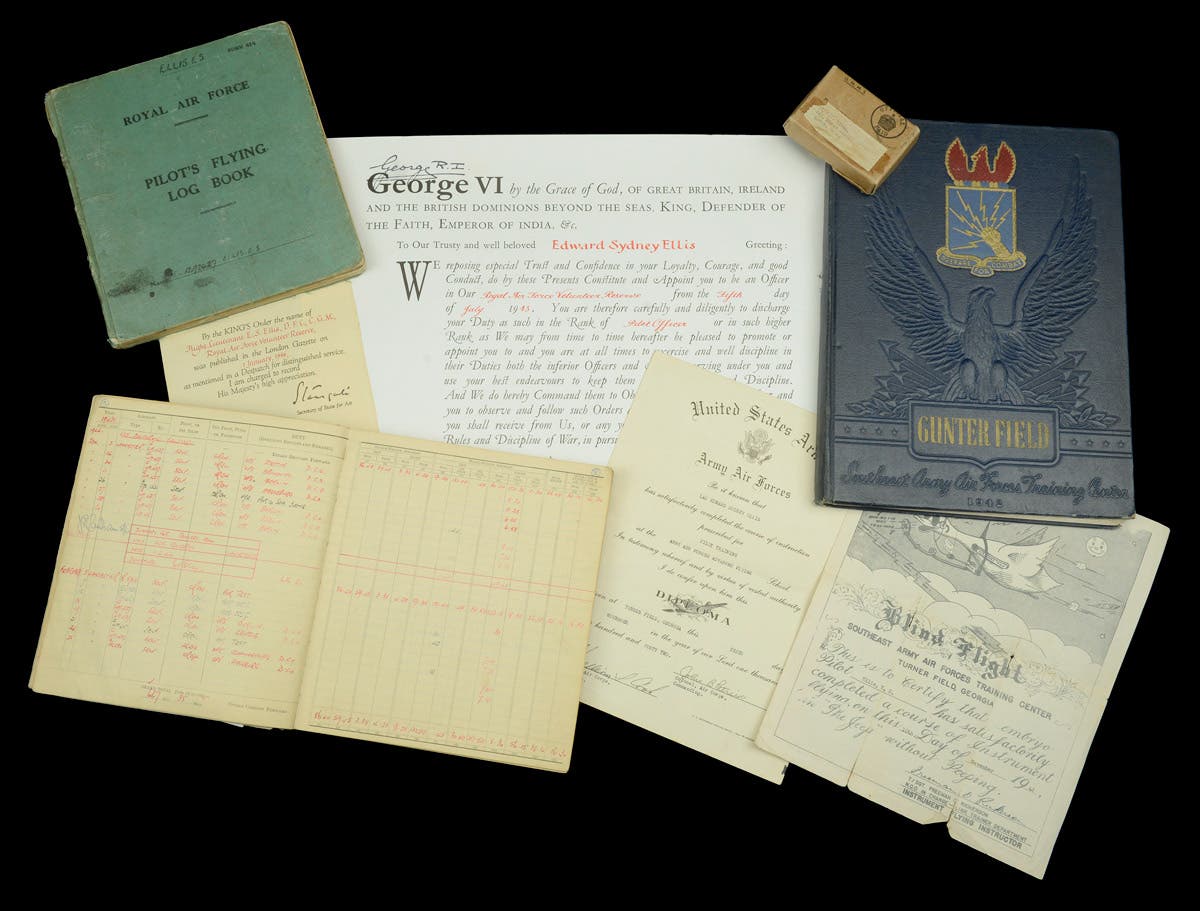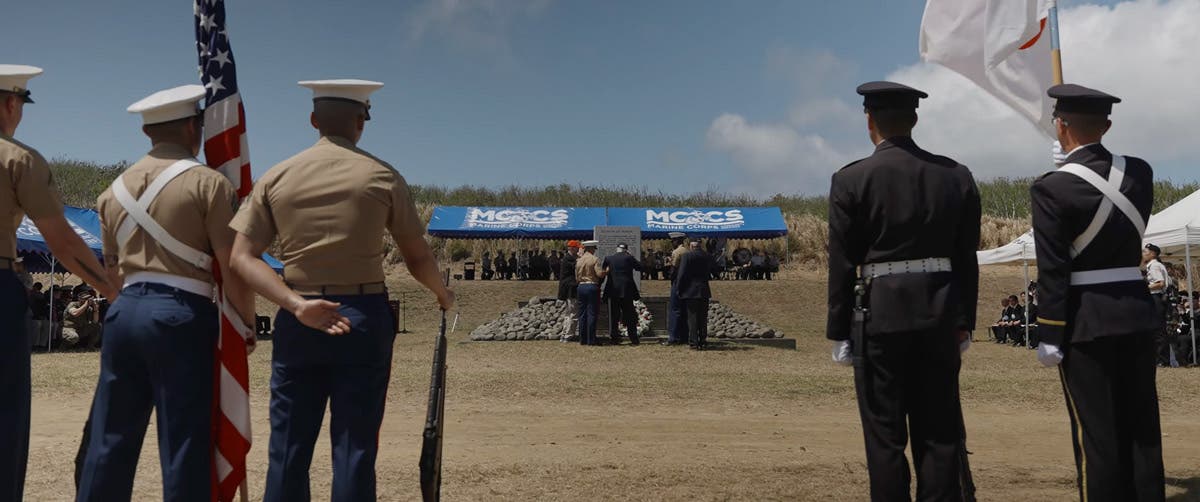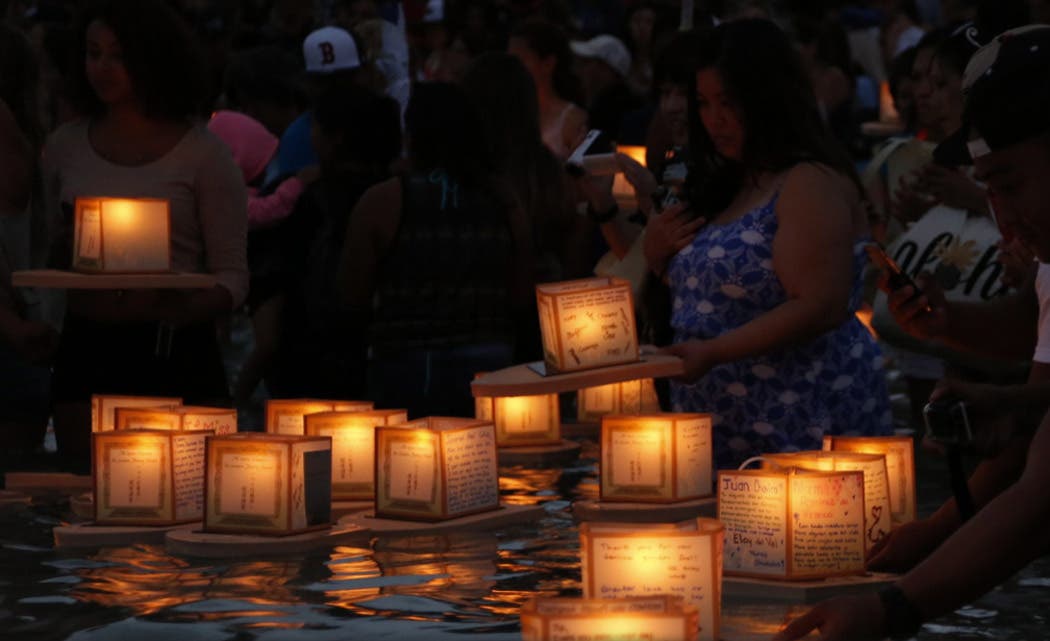A visit to Fort McHenry
Fort McHenry is preserving the past at the fortification that saved America.
Most historians could agree that while we may celebrate the Fourth of July, the United States of America was essentially born on April 19, 1775, at the Battles of Lexington and Concord, while the nation secured its independence at the Battle of Yorktown when the British Army surrendered on October 19, 1781. However, the United States was arguably saved at the Battle of Baltimore on Sept. 15, 1814.
Though the United States may not have fallen under British control again, the country may have been greatly weakened had the British succeeded at the battle — and we certainly wouldn’t have the “Star Spangled Banner” as a national anthem. Most Americans also know some of the history of the now famous engagement, including that the anthem was written during the siege of Fort McHenry in the Baltimore harbor, yet it is an event that largely hasn’t gotten the due it probably deserves.
The War of 1812
Though the United States and Great Britain had been at war since June 1812, the British military was largely focused on Europe and against Napoleonic France. That limited British war aims in America, but that changed greatly with the defeat of France’s Emperor Napoleon in the spring of 1814. After that, the British adopted a more aggressive strategy. Along with support from Canadian militias and their First Nation Native American Allies, the British Army drove the American forces out of the parts of Canada that had been occupied by the American forces earlier in the conflict, but also sought to invade and capture the largest ports including New York City, New Orleans and Baltimore.
In August 1814, the British Army, under Major General Robert Ross, entered Washington and captured the city, which was set to the torch. The White House and Capitol Building each suffered extensive damage.
The Battle of Baltimore
Residents of Baltimore feared a similar fate to that of Washington, but the city had time to prepare its defenses, and that included Fort McHenry – although it faced its own setbacks.
The fort’s regular garrison in September 1814 was the U.S. Corps of Artillery under the command of Captain Frederick Evans. However, on the eve of the battle, only 60 of the 103 “reputable young men” who made up the corps were actually available for duty. The rest were sick, had deserted, or were under military guard for discipline issues. The hopes improved when U.S. Army General George Armistead arrived to aid in the defense, and as part of his efforts to rally the defenders he ordered a flag so large that the British would have no difficulty in seeing it from a distance.
Despite the odds, and facing General Ross’ battle-hardened veterans, the corps and militia artillerymen from the Maryland Militia Volunteer Artillery manned their guns and sought to fend off the British attack. The volunteers represented some of the city’s most prominent merchants and investors — who no doubt were also eager to defend their businesses, homes and families.
The British seemed to have another advantage over the American defenders. The guns at the fort had at most a range of 1.5 miles, while the Royal Navy’s guns could reach 2 miles. The British plan was simple, bomb Fort McHenry until it surrendered, sail the fleet into the harbor, and capture Baltimore. On the morning of September 14, a fleet of some 19 ships began pounding the fort with Congreve rockets and mortar shells. The shelling lasted for 25 hours, but though 1,500 of the 1,800 cannonballs fired at the fort struck near or on it, damage was actually light due to recent fortifications that had been completed prior to the battle.
Luck may have been on the American side, as heavy rain in the evening hours limited the impact of the British bombardment, and just four defenders were killed.
It was on the morning of September 15 that a 30 x 42-foot oversized American flag — made by local flagmaker Mary Pickersgill and her 13-year-old daughter — was raised over the fort, inspiring Francis Scott Key, but more importantly the fort’s defenders. There is a long-standing tale that the flag was raised to taunt the British, but it was simply part of the morning reveille.
The British failed to break the garrison at Fort McHenry, and Ross was killed in the land battle fought on the outskirts of the city. Failing to achieve victory, the Royal Navy withdrew later that morning and the fleet set sail for New Orleans — the site of the final battle of the War of 1812.
The Star Spangled Banner flag that flew so famously over Fort McHenry is now in the Smithsonian’s National Museum of American History in Washington, D.C.
The Star Spangled Banner
It has also been widely told to schoolchildren over the years that Kay, a lawyer and amateur poet, was being held captive by the Royal Navy when he witnessed the bombardment. That’s not exactly accurate; Key was actually on a mercy mission for the release of Dr. William Beanes, the actual prisoner, who Key argued had cared for British as well as American wounded prior to Beanes’ arrest.
Key watched the day-long assault from a truce ship in the Patapsco River, and it was from that vantage point that he saw the American flag waving above Fort McHenry. He wrote a draft of the poem “Defence on Fort McHenry” on an envelope, which he later set to the tune “To Anacreon in Heaven” — not to a sailor’s drinking song as many a teacher may have stated over the years!
Regardless, today those words are the national anthem of the United States of America.
Visiting the Fort
Though Fort McHenry is remembered for the War of 1812, it was actually built in 1798 and was used continuously by the U.S. armed forces through the First World War and by the United States Coast Guard during the Second World War. During the American Civil War, it served as a military prison, confining both Confederate soldiers, as well as Maryland political figures who openly criticized President Abraham Lincoln. That included the newly elected Baltimore Mayor George William Brown, the city council, the new police commissioner, George P. Kane, and members of the Maryland General Assembly along with several newspaper editors and owners.
The fort was designated a national park in 1925, and in 1939 was redesignated a U.S. National Monument.
Though additional buildings were added during World War I, those were subsequently removed when Fort McHenry was made a national park. Today, it remains a center of recreation for Baltimore locals and a prominent tourist destination that is open to the public. It is also one of the best preserved “star forts” in the United States!
Peter Suciu is a freelance journalist and when he isn't writing about militaria you can find him covering topics such as cybersecurity, social media and streaming TV services for Forbes, TechNewsWorld and ClearanceJobs. He is the author of several books on military hats and helmets including the 2019 title, A Gallery of Military Headdress. Email him and he'd happily sell you a copy!







